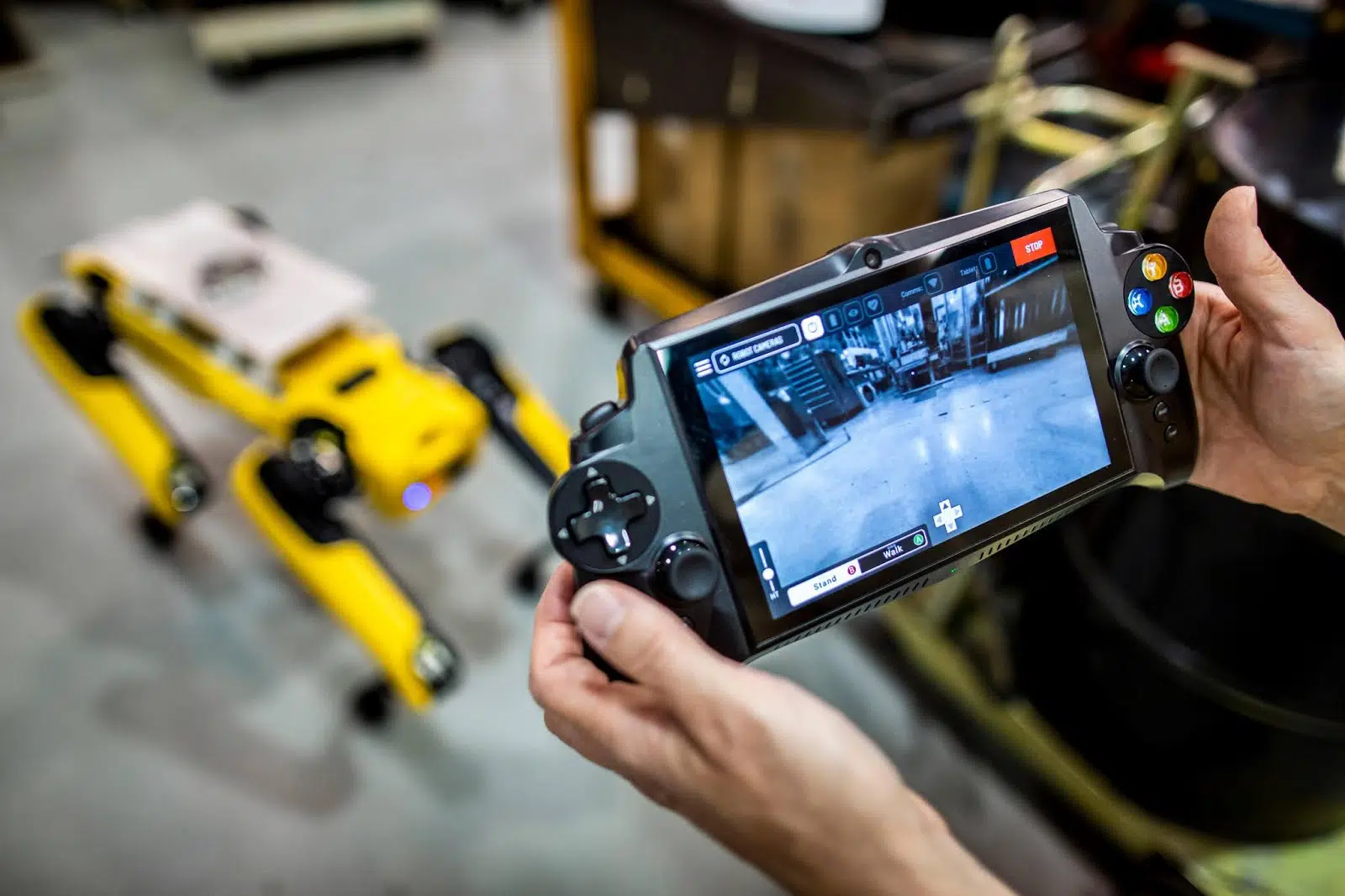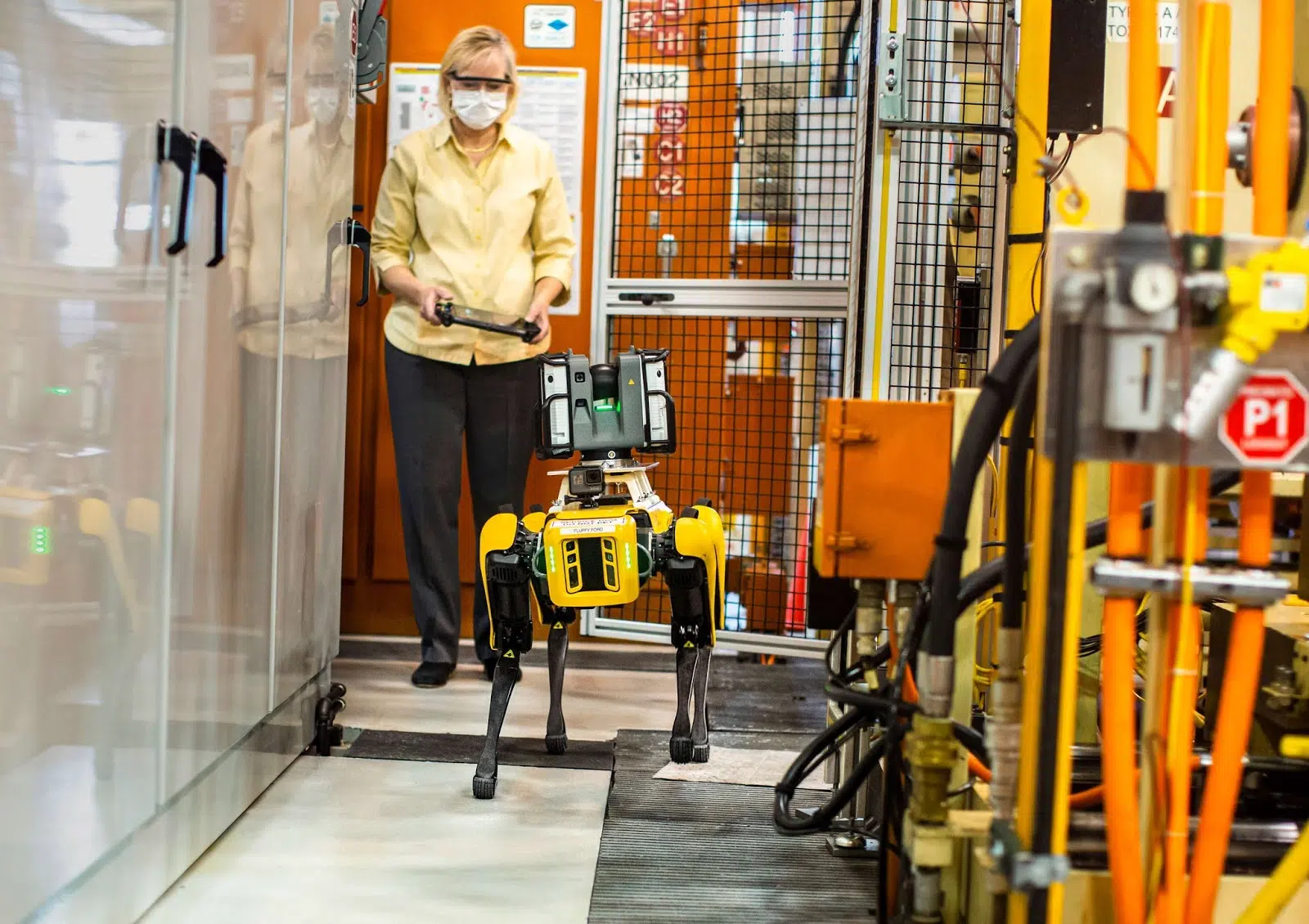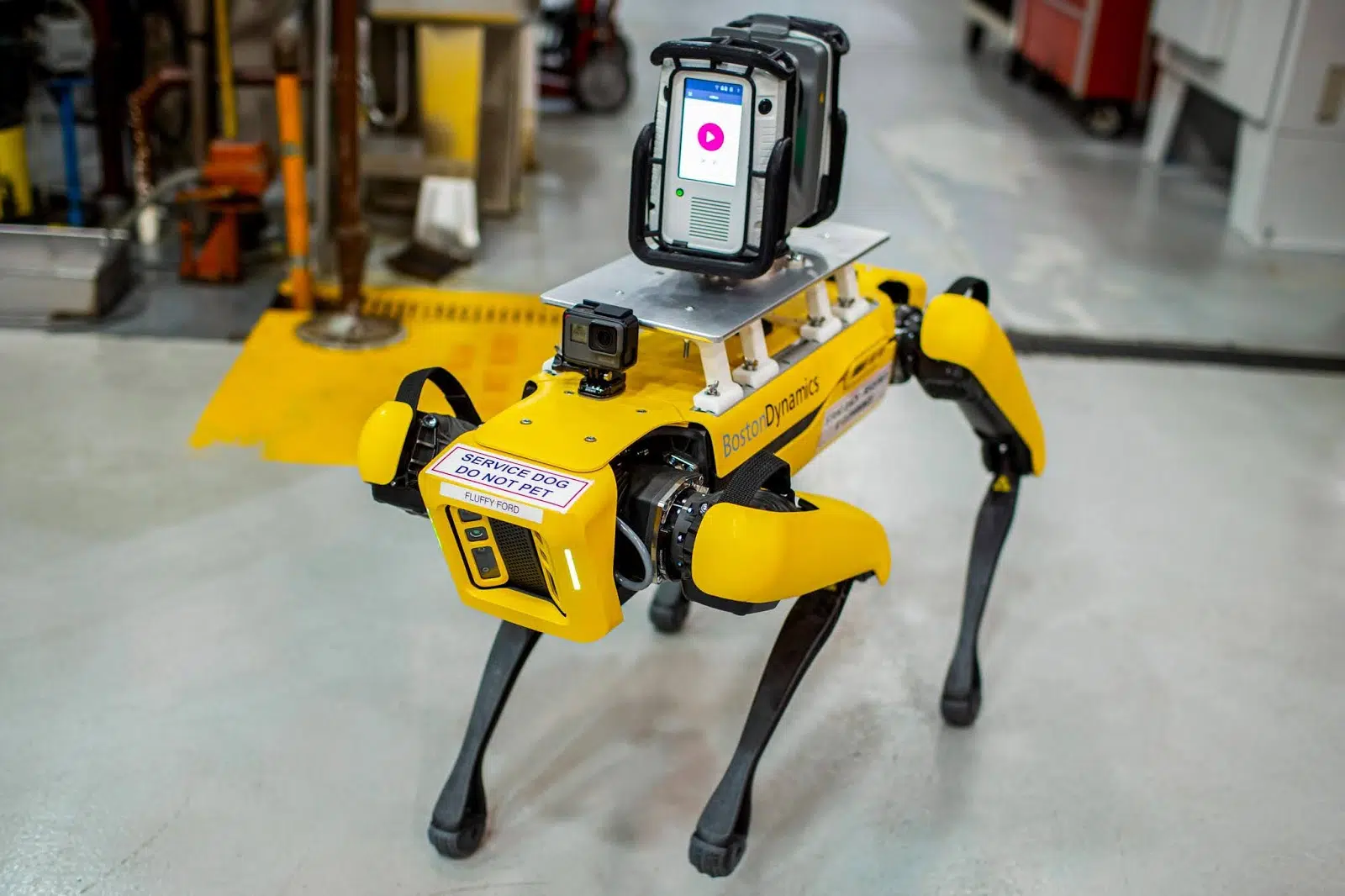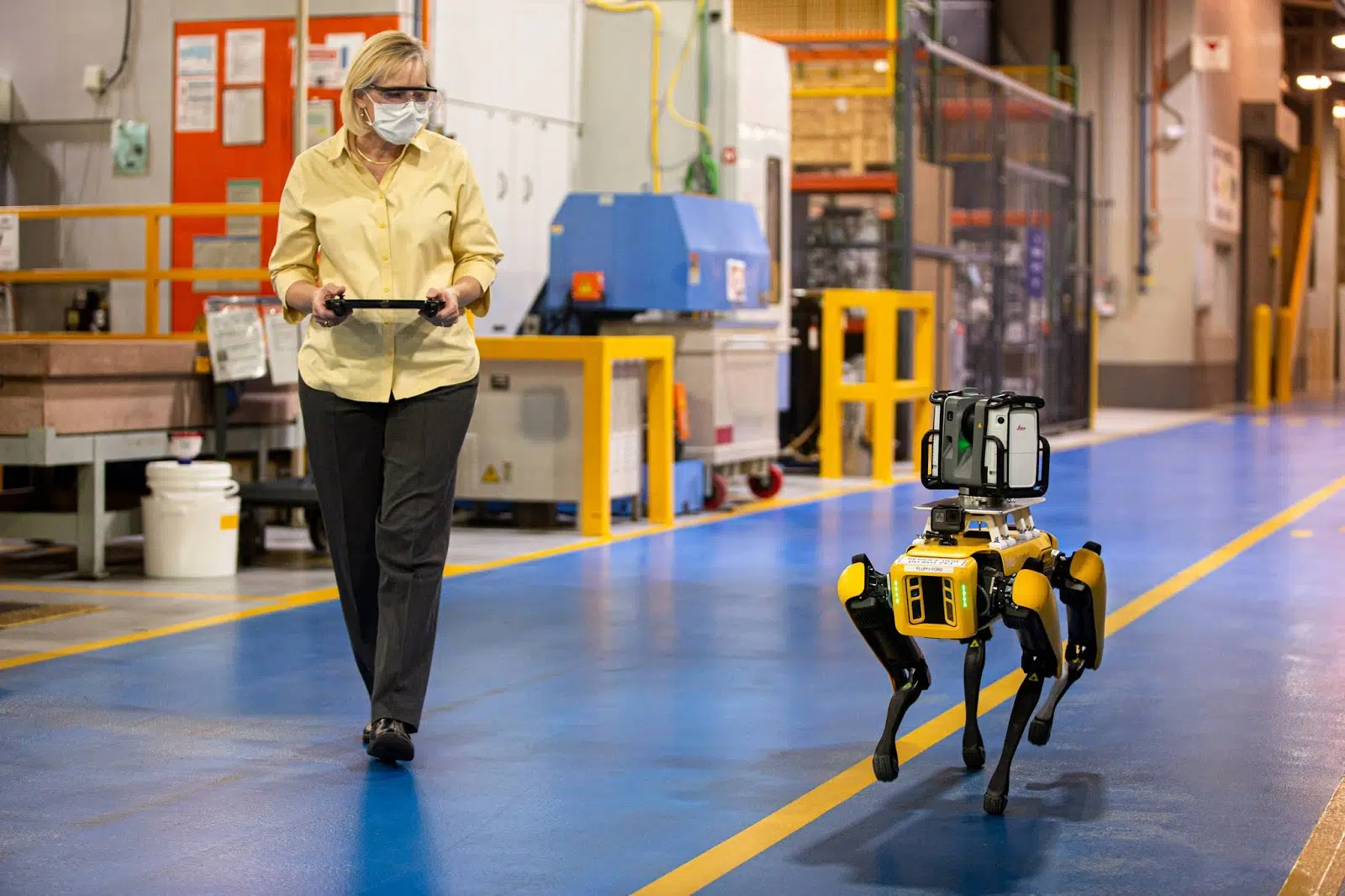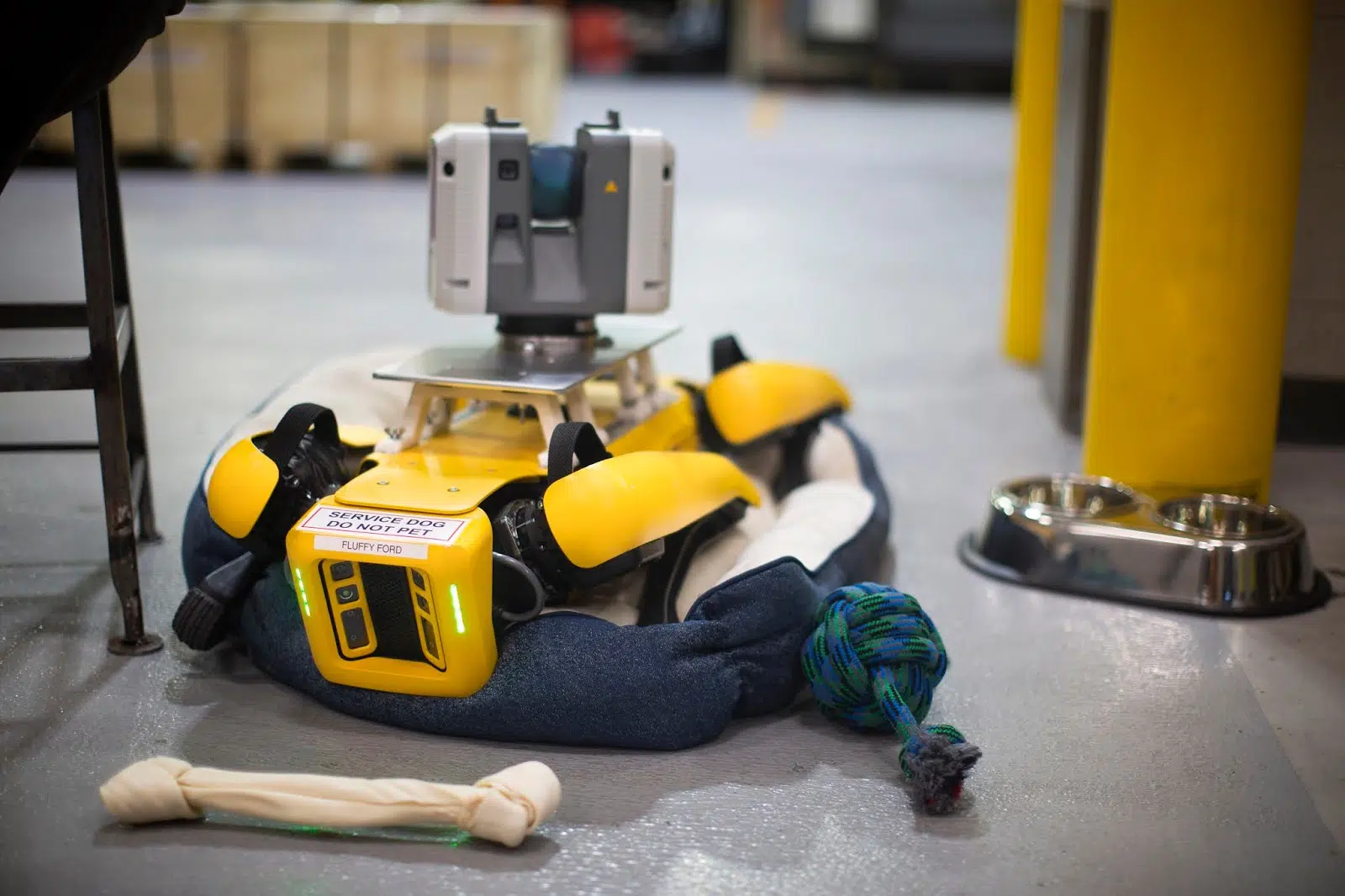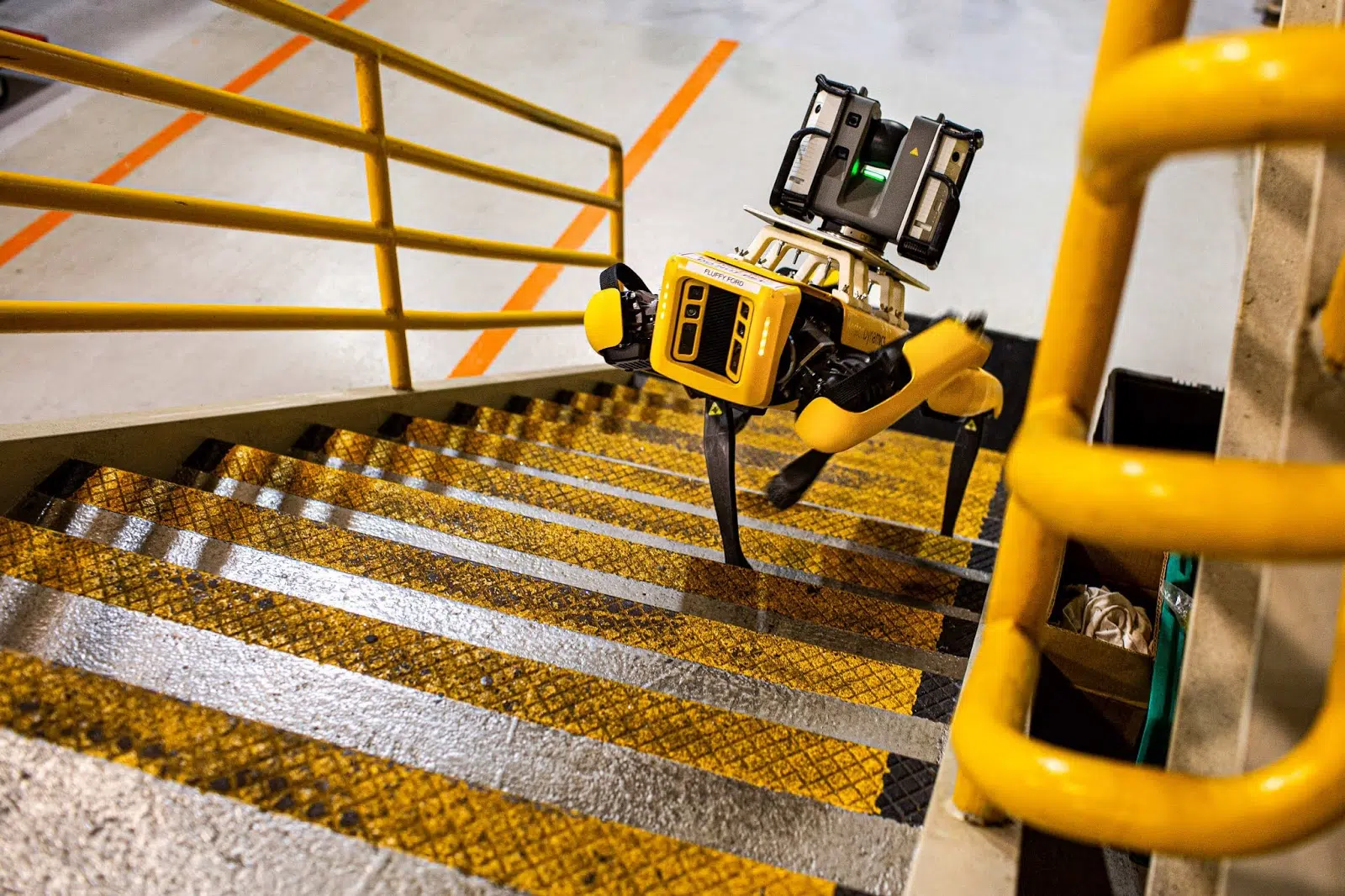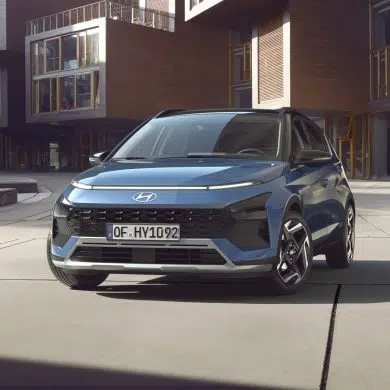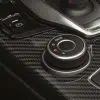These four-legged, dog-like robots,
they can sit, shake hands and maneuver. They can also
perform 360-degree scans with the help of their cameras, manage surfaces
with 30-degree inclines, but also climbing stairs for hours on end.
These are four-legged robots weighing 31.75 kg that resemble the
their movements those of a dog, being part of a pilot project
Ford production which is designed to save time,
reducing costs and increasing efficiency.
Fluffy, the name given to the robot by his handler Paula Wiebelhaus, is one of the two
models that Ford rents from Boston Dynamics, known for its advanced
its mobile robots - Ford's other robot is called Spot, indicating the product
of the property.
The robots that Ford is experimentally testing in the box factory
Van Dyke gears are yellow in colour and are easily identifiable. Supplied
with five cameras, can move at speeds of up to 5 km/h, with the
their battery to ensure at least two hours of autonomy. In practice the
these robots will scan the surface of the factory floor in order to
updating the original CAD (Computer Aided Design) design - and naturally
are expected to become the right hand of engineers dealing with the
modernisation of the plant's equipment.
"Initially, we design and build a factory. Then, in the passage
over the years, changes take place that are rarely recorded," he says.
Mark Goderis, digital engineering manager at Ford. "With the help of robots,
we can now have a real picture of the facilities and at the same time
create a new engineering model of production. This digital model
will then be used when modernisation of the plant is needed
for the production of new products."
Without Fluffy, updating the original plan would have been much more tedious.
"We used to use a tripod, which we used to walk around the
facilities, stopping at different points each time, and waiting
about five minutes until the laser scan was complete," Goderis recalls. "Scanning a
of the factory required two weeks. With Fluffy's help, this work can be
to be done in half the time."
The old method was also expensive, as the total cost of the old method was
almost 300.000$ for scanning a facility. If the pilot program works
according to expectations, Ford's production team will be able to perform
scans of all its factories at minimum cost. Such advanced technologies
help the company to save time and money by adjusting more quickly
facilities to accommodate new products, resulting in new models
reach the market faster.
In time, according to Goderis, "the goal is to be able to
control the robots remotely, program them for factory projects and
we receive reports directly, from any location in the country. For now, the
robots can be programmed to follow a specific path
route, while we can manage them from a distance of up to 50 m with a
innovative application on the tablet."
The secret of Fluffy and Spot's success is their versatility, comments
Wiebelhaus, who operates her robot through a device that resembles a game console
and allows her to see the camera image from a distance. If a problem arises
issue, the Wiebelhaus control device includes a
function that immobilises the robot preventing any collisions with obstacles.
The robots have three gait modes: walking on firm ground,
walking on uneven ground and special speed of movement for stairs. The robots
have the ability to manoeuvre, bend and walk straight, which
means they have access to hard-to-reach areas of the plant. They can
also to move on difficult terrain, railings, stairs, even on the
surfaces with slopes of 30 degrees. If they fall, they can pick themselves up. Also,
can maintain a constant safety distance from objects to avoid
conflicts.
Sometimes Fluffy gets up on his robotic rump and climbs up to the
back of a small, round, autonomous mobile robot known as
Scouter. The Scouter navigates the corridors of the factory, helping the
Fluffy to save energy from its battery until
it's time to get to work. The Scouter navigates autonomously through the
facilities by scanning and capturing 3D point clouds (3-D point) to create a CAD drawing. If any
area is too narrow for the Scouter, Fluffy comes to "save" the
Status.
"There are places in the factory where you might not want to walk,
because it's hard to manoeuvre," comments Wiebelhaus.
safer to send Fluffy there."
Although Fluffy impresses with his versatility and
Wiebelhaus doesn't think he'll have a career
in the future as a performer at dog shows.
"Fluffy is an amazing tool in production," said Weibelhaus.
interesting new proposal, with the work he produces and his tenacity to have
special value. It has much more potential than just dancing and doing
tumbles. We want to push him to his limits at the factory and see what
value to the company."


